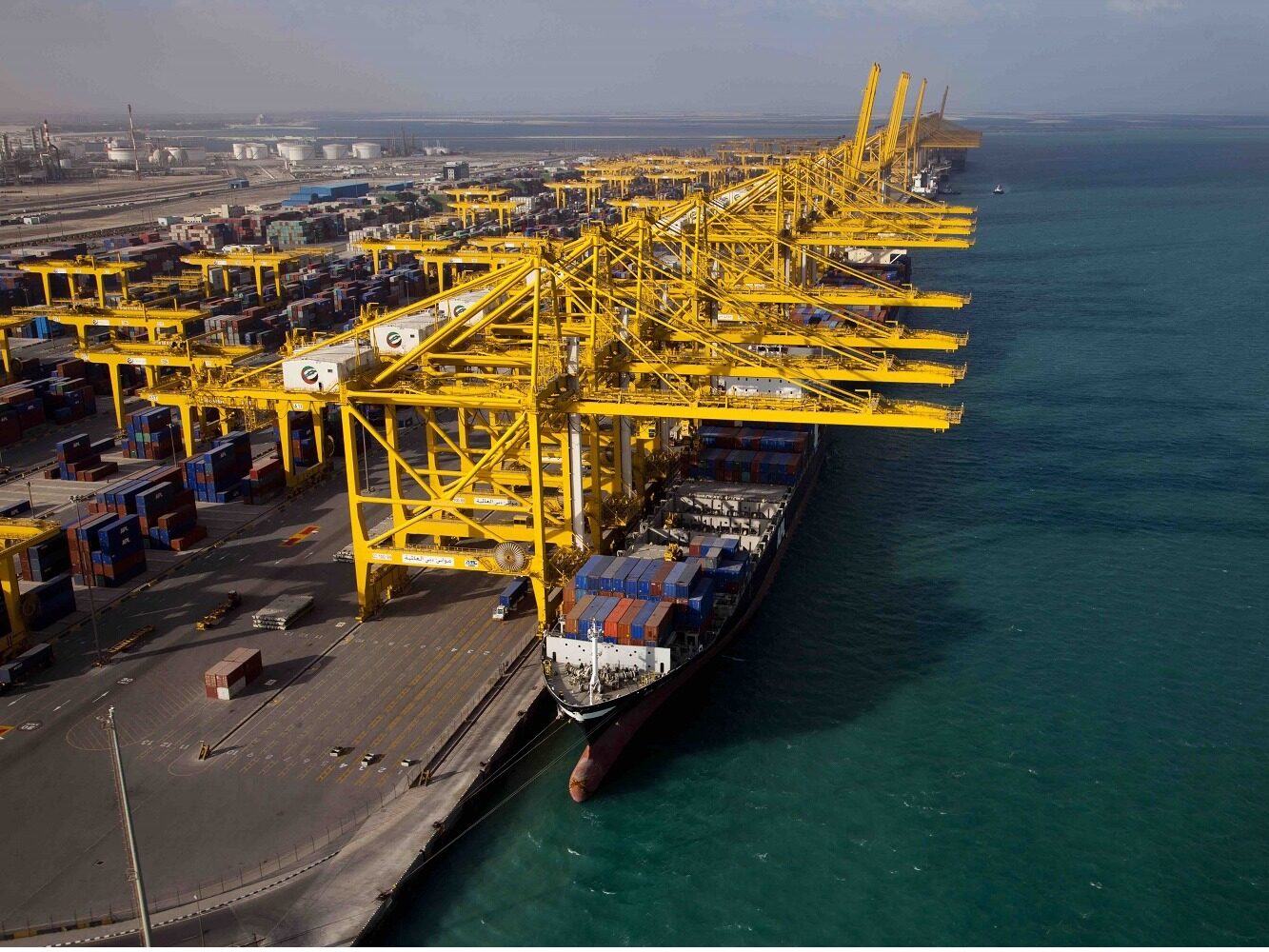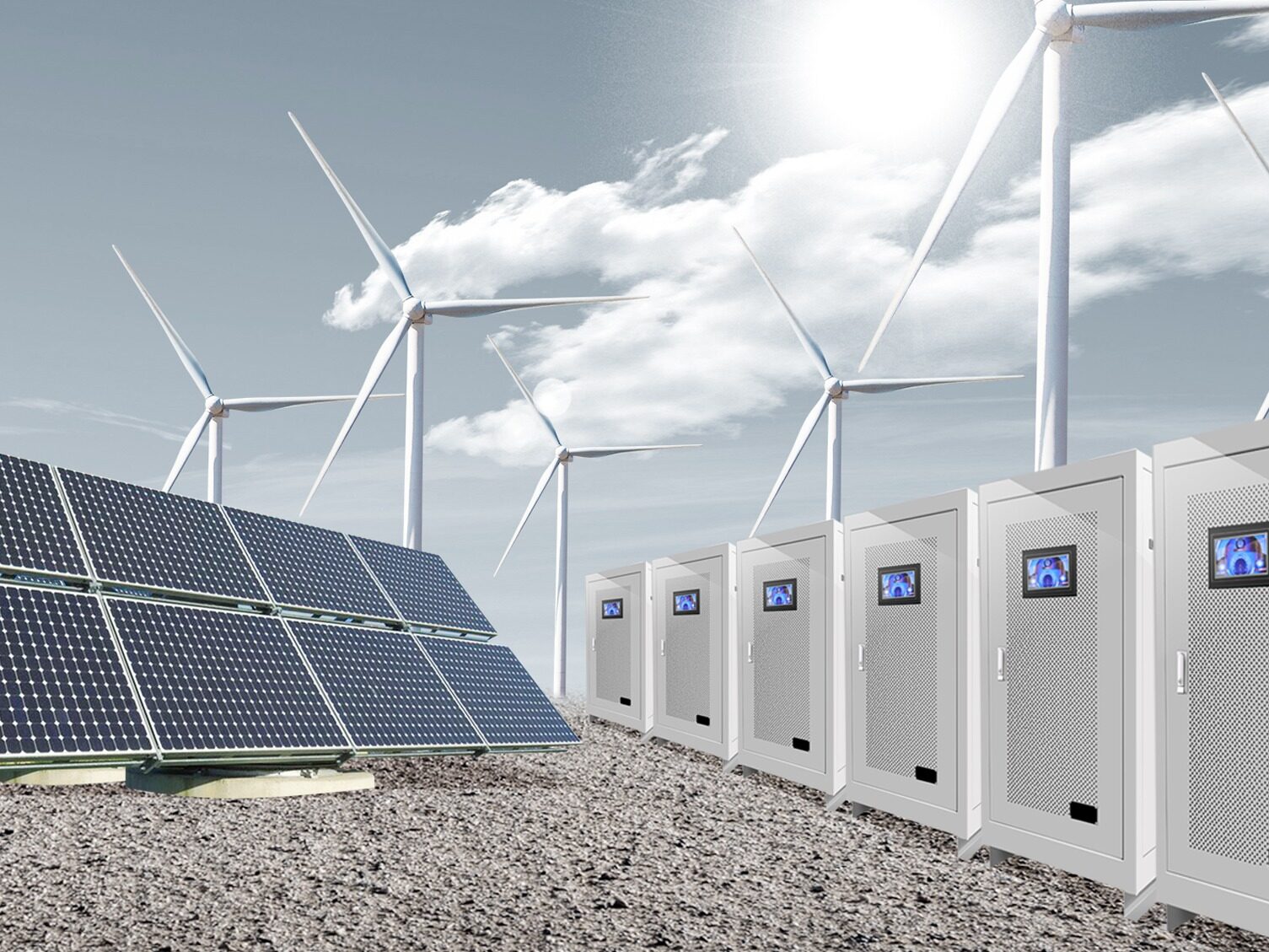
- Hydrogen energy occupies most of the mainstream new energy, but the high cost of hydrogen production plagues the entire industry
"Hydrogen energy is about to usher in a concentrated outbreak." On September 4, 2021, at the 2021 Hydrogen Energy Industry Development Forum and the 11th Global New Energy Enterprises Top 500 Summit, Wang Yixin, Vice Governor of Shanxi Province, said.
At the beginning of 2021, hydrogen energy was included in the national "14th Five-Year Plan" and the outline of long-term goals for 2035. In addition to Shanxi, more than 20 provinces (cities) including Beijing, Shanghai, Shandong, Guangdong, Hubei, and Hebei have successively released strategic plans for the hydrogen industry, and introduced relevant subsidy support policies for the hydrogen energy and fuel cell industries. The "China Hydrogen Energy and Fuel Cell Industry White Paper 2020" previously released by the China Hydrogen Energy and Fuel Cell Industry Innovation Strategic Alliance shows that China's current annual hydrogen production capacity is about 41 million tons and the output is about 33.42 million tons, making it the world's largest hydrogen producer.
"Hydrogen energy is the key to the energy transition." Lu Yuebing, chairman of the board of Air Liquide (China) Investment Co., Ltd., said in the meeting. Lu Yuebing said that as a secondary energy source, hydrogen energy has the dual attributes of energy and energy storage. It plays a very important role in the energy transition. It can absorb renewable energy and power generation on a large scale and efficiently at the energy supply side, and regulate renewable energy. The volatility of the energy system improves the resilience of the energy system.
High cost barrier
The China Hydrogen Energy Alliance predicts that by 2050, domestic hydrogen demand will be close to 60 million tons, reducing carbon dioxide emissions by about 700 million tons, and hydrogen energy will account for more than 10% of China's final energy system. Lu Yuebing said that the hydrogen energy market is developing on a large scale, and China's hydrogen energy has the conditions for overtaking in curves. He said that whether it is industrial by-product hydrogen or wind-solar nuclear power hydrogen production, China has abundant hydrogen resources and an industrial foundation for large-scale development. China is the world's largest producer of commercial vehicles with broad application scenarios. However, the development of hydrogen energy has a long way to go, and the most critical issue is that the cost of hydrogen production and the use of hydrogen is still relatively high.
Wang Yingge, deputy general manager of Longji Hydrogen Technology Co., Ltd., also stated at the above-mentioned meeting that the essential problem of the current hydrogen energy development is cost and power consumption. Wang Yingge said that through technical efforts, optimization of materials and system processes, the problem of power consumption can be overcome. The electrolyzer has been reduced by 60% in the past ten years and will continue to decrease in the future. "To reduce costs, large-scale, standardized manufacturing and mass production are necessary," Wang Yingge said.
Lin Chenghong, a partner in the hydrogen energy industry of Deloitte China Financial Consulting, said that China is expected to use some gray hydrogen as a transitional stage in the hydrogen production path in the early stage, and will prefer blue hydrogen in the later stage. With China's current industrial strength, it can quickly enter the field of green hydrogen. Lin Chenghong said that China has a good prospect for green hydrogen development. In the future, hydrogen energy may account for 20% of China's entire final energy consumption and reduce China's carbon dioxide emissions by 13%. Zhu Gongshan, chairman of GCL (Group) Holdings Co., Ltd., also said that in the future, green hydrogen will become the most competitive hydrogen energy source. It is expected that more than 55% of China's wind, solar, and storage power will be used for hydrogen production in 2030.
According to different production methods and carbon emissions, hydrogen energy can be divided into gray hydrogen, blue hydrogen and green hydrogen. Gray hydrogen is generally produced from industrial by-product gas represented by coke oven gas and chlor-alkali tail gas; blue hydrogen is generally produced from fossil fuels such as natural gas, and carbon capture technology is adopted; green hydrogen is produced through an electrolysis process using renewable energy. Lin Chenghong pointed out that in 2030, the cost of green hydrogen technology is expected to be basically the same as that of blue hydrogen; by 2050, the cost of green hydrogen will even be better than gray hydrogen.
Peng Ningke, China Director and Senior Vice President of Italy's National Natural Gas Pipeline, said that from the perspective of green hydrogen manufacturing, the cost of the electrolyzer device is still the biggest bottleneck, and the cost of the device needs to be resolved. He believes that the more economical way to transport hydrogen is to mix hydrogen in natural gas pipelines. "If the pilot project can be carried out, the hydrogen energy transportation pipeline can be opened up." Lu Yuebing believes that the cost of hydrogen energy is not only reflected in the fuel cell, but also the construction cost of vehicles and hydrogen refueling stations.
He pointed out that the development of hydrogen energy requires ecological construction. Hydrogen energy and fuel cells involve a huge industrial ecology, and it is not enough to succeed at one node of the ecological chain. Wang Qirui, Secretary of the Party Committee and Director of the Emergency Management Department of Shanxi Province, said at the meeting that hydrogen energy and the power system dominated by new energy have stronger synergy. China has set a goal in 2020 that by 2030, the total installed capacity of domestic wind power and solar power will reach 1.2 billion kilowatts or more. Wang Qirui said that the scale effect of new energy development will significantly promote the reduction of the cost of hydrogen production by electrolysis, and create the most important foundation and conditions for hydrogen production by electrolysis of water.
He predicts that China's hydrogen production will reach 100 million tons in 2060, of which electrolysis of water will account for 80% of hydrogen production. Wang Qirui said that the development of the hydrogen energy industry will enter the fast lane, but the industry has shortcomings in top-level design and planning, government supervision and policy system construction, and needs to attach great importance to safe operations. At present, Shanxi Province is promoting the transformation from the "Coal Capital" to the "Hydrogen Capital". In recent years, Shanxi has formed a hydrogen energy industrial cluster in Datong, Changzhi, Jinzhong, Taiyuan and other cities, with an annual output of more than 3 million tons of hydrogen in the province.
According to Wang Qirui, Shanxi's coking capacity accounts for one-third of the country's total. If the by-produced coke oven gas produces all hydrogen, the hydrogen capacity can reach 15 billion cubic meters, or about 1.3 billion kilograms, which can be used by 289,000 hydrogen fuel cell heavy trucks. . In addition, Shanxi has a large number of chemical and steel industries. The hydrogen extraction from chemical exhaust gas and steelmaking exhaust gas is an important way to obtain cheap hydrogen. Shanxi has abundant wind and light resources and has the cost advantage of hydrogen production by electrolysis of water. Zhang Guangyong, deputy secretary and mayor of Luliang Municipal Committee of Shanxi Province, said at the meeting that Luliang will focus on hydrogen energy "production-storage-transport-research-application", vigorously develop coke oven gas and other industrial hydrogen-rich tail gas hydrogen production, and strive to be formed by 2025 100,000 tons of industrial tail gas hydrogen production capacity.
Keywords: new energy, engineering construction, engineering news, engineering construction information
In the long term, Lu Liang will promote the green hydrogen development model of "photovoltaic/wind power + hydrogen production", and build a diversified mix of industrial tail gas hydrogen production, renewable energy electrolysis hydrogen production, flexible power grid peak shaving hydrogen production, chemical raw material hydrogen production, and coal hydrogen production. The pattern of chemical hydrogen production, and strive to form 300,000 tons of hydrogen production capacity by 2030. Luliang City also plans to expand its storage capacity, and strive to build 20 1,000 kg-level hydrogen refueling stations by 2025, and the production capacity of hydrogen fuel vehicles will exceed 10,000.Editor/XuNing
Comment
 Praise
Praise
 Collect
Collect
 Comment
Comment
 Search
Search














Write something~